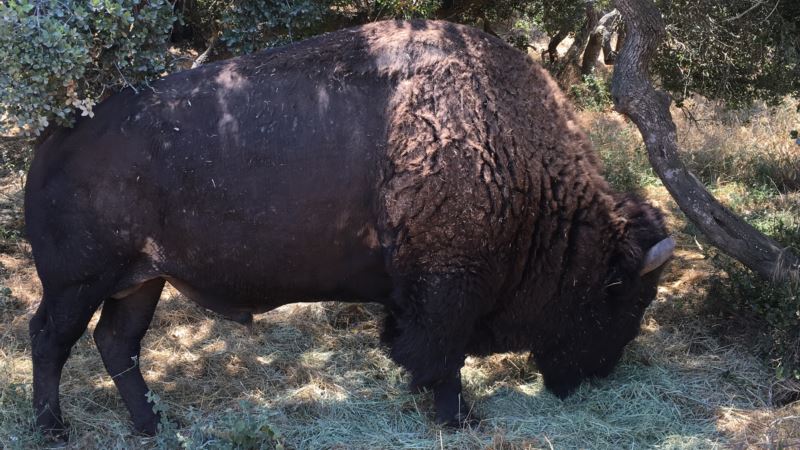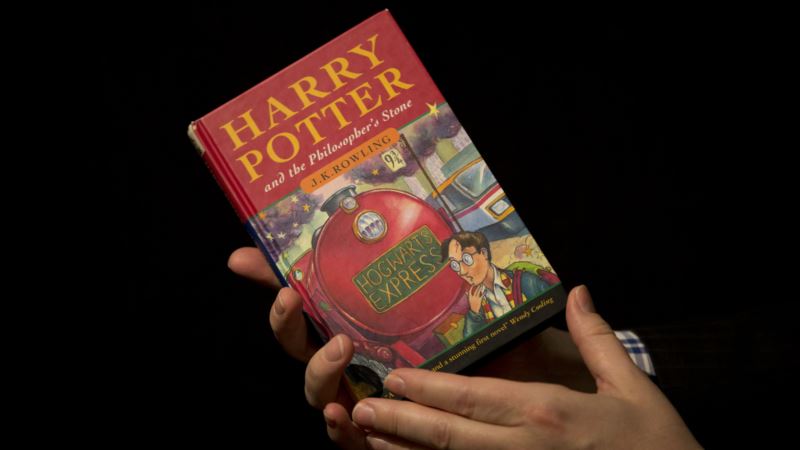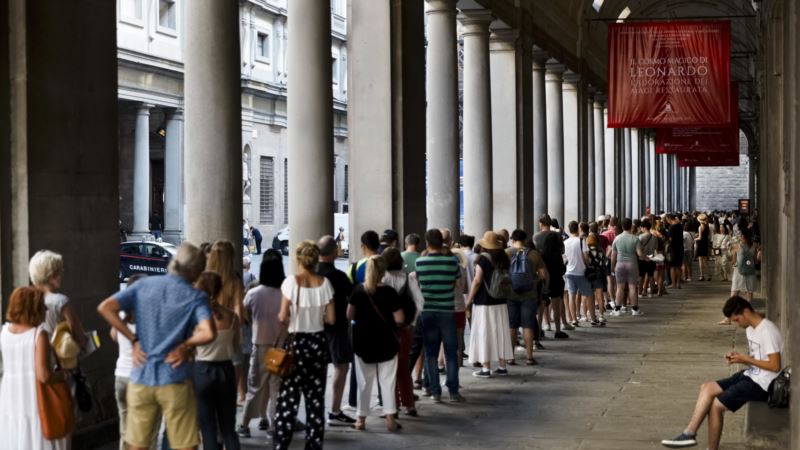Countless visitors to Santa Catalina Island off the coast of California take a rough, bumpy ride into the island’s interior in hopes of finding a piece of Hollywood history. “In 1924, approximately 14 bison were brought to the island for the filming of a movie, and they did not end up being in the movie, but when the film crew left, the bison were left behind and have been on the landscape ever since,” said Julie King, director of conservation and wildlife management at the Catalina Island Conservancy. Currently, 120 bison remain on the island, but they were not native to the island. Nearly extinct In prehistoric times, millions of bison roamed the North American mainland, but by the late 1800s, they were nearly extinct. Through conservation efforts, they can now be found in all 50 states, including national parks, private lands and on one of the Channel Islands off the coast of southern California. While five of the eight Channel Islands are part of the National Park Service, Catalina Island is not. Most of the island is now owned by the Catalina Island Conservancy, which manages the bison there. “They’re very challenged healthwise when they’re on this island because they don’t have the adequate nutrition during the right time of year,” King said. “So, our bison are in fact a little smaller than the mainland, and it’s not a genetic difference. It’s due to not having the right nutrients at the right time.” The bison do not have predators that are native to the island, and they live in a mild climate in contrast to their counterparts on the mainland, which often have to survive harsh winters. Eventually, the bison on Catalina Island had grown to numbers that the island could not sustain. According to the conservancy, the herd’s numbers were rumored to have reached up to 600 at their peak. Watch: History of Catalina Bison: Hollywood, Tourism and Ecology Bison relocated to new homes “In 2002, 2003 and 2004, we had relocated or repatriated [Catalina] bison to native American reservations in North and South Dakota, to the Lakota Sioux and Standing Rock reservations.” King said. “They were trying to re-establish bison on their lands. They hadn’t had bison in 100 years.” Over the years, nearly 500 bison found a new home on Native American reservations, renewing a historical relationship between the people and the animals. “They provided food for the Native Americans. They provided shelter. They made their homes out of their skins. They used every part of it. It was like so ecologically perfect,” said Debbie Rosen, who fell in love with the island and its bison. She co-wrote a children’s book, The Amazing Adventures of Beebee the Bison, with her husband, Howie Rosen. As for the ecological balance between the bison and the island, King said, “Ideally, as a wildlife biologist, I would say one is too many on this island. They did not evolve on an island. Our largest native herbivore is a squirrel … not an 1,800 herbivore.” This island and the bison The identity of the island, however, has become deeply tied to the herd. “They belong here. They’re part of the fabric. People come to Catalina to see the bison,” Howie Rosen said. Debbie Rosen said the Catalina Island bison are also symbolic of why the American bison officially became the national mammal of the United States in 2016. “They were left behind to survive and this is a far cry from the America Plains … so they were forced to adapt. So that’s an example of their resilience and why they’re such a fitting symbol for our country, because the American people are resilient people.” Rosen continued, “Personally I think we should keep them here (on Catalina Island).” To keep the bison herd at a sustainable size, biologists on the island have been managing them through a contraception program since 2009. “However, we haven’t been administering any of the doses the last two years. We’re evaluating reversibility,” King said. This is one way the conservationists and the community are finding a compromise on the island bison, she said. “The bison have been here for many, many years and are a part of the community that people come to see, and they very much appreciate the bison on the island, and so we’re trying to find a balance between their ecological impacts and tourism and cultural context.”
History of Catalina Bison: Hollywood, Tourism and Ecology






